TL;DR
- Marketplace supplies can lack quality control.
- Non-OEM inks can possibly damage your printer and void your warranty.
- Authorized dealers are the safest source for genuine products.
- Prioritize quality to protect your investment.
For large-format printing professionals, the allure of low prices on marketplaces like Amazon and eBay is undeniable. However, beneath the surface of those seemingly unbeatable deals lies a significant risk: the potential for compromised quality, equipment damage, and even voided warranties.
This article explores why sourcing large-format supplies from online marketplaces can be a dangerous gamble.

The Murky Marketplace Supply Chain
The fundamental issue with marketplace-sourced supplies, mainly ink and toner, is a lack of transparency and quality control. Many sellers operate on high-volume models with minimal oversight. They may acquire products through:
- Bulk Reselling: Purchasing in bulk and repackaging, often without proper storage.
- Gray Market Channels: Obtaining goods intended for different regions, potentially with altered formulations or nearing expiration.
- Aftermarket (Non-OEM) Sales: Offering "compatible" products from third-party manufacturers, not the original equipment manufacturer (OEM).
Ink and toner are particularly vulnerable to environmental factors. Exposure to excessive heat, humidity, or improper storage can drastically alter their chemical composition, leading to print quality issues and potential printer damage.
TAVCO Case Study: The High Cost of Cheap Ink
A recent experience with a customer using a Canon imagePROGRAF PRO-4100s (a 44-inch graphics printer) highlights the real-world dangers. After encountering printer errors, they discovered they'd purchased a cheaper, non-Canon ink online.

Canon's response to non-OEM ink usage is stringent, often requiring:
- Complete Ink System Flush: Remove all ink (OEM and aftermarket).
- Printhead Replacement: Regardless of the printhead's condition.
- Maintenance Cassette Replacement.
- Complete OEM Ink Replacement.
These steps can easily cost thousands of dollars, negating initial savings from the aftermarket ink.
The Manufacturer's Stance: HP and Canon's Clear Warnings
HP's warranty excludes coverage for damage caused by non-HP ink, expired ink, or refilled cartridges. Their official blog details further risks, including poor print quality, printer damage, color inconsistencies, potential health risks, and cartridge failure. Canon maintains similar policies, as demonstrated in the case study above.
HP References:
Why You Shouldn’t Use Third-Party Ink Cartridges in Your Large Format Printer
HP Printers - Ink Supplies Limited Warranty
What Our Techs See: A Front-Line Perspective
"We see it all the time," says Adrian, TAVCO’s Service Manager. "Customers try to save a few bucks on ink, which costs them far more in repairs and downtime. We've seen everything from clogged printheads that require complete replacement to printers rendered completely unusable because of incompatible ink. It's just not worth the risk."
TAVCO Technician Observations
- Extensive and costly repairs for clogged printheads.
- Voided warranties leading to significant out-of-pocket expenses.
- Printers entering "safe mode" due to non-genuine ink drastically reducing print speed.
One customer installed aftermarket ink they bought on Amazon and then put a new print on a new printhead from TAVCO, which ruined the printhead.
Contact a TAVCO Service Technican
The Safe Solution: Prioritize Quality
The potential risks of marketplace supplies far outweigh any perceived cost savings. Our recommendation is clear:
- Always use OEM Supplies: Choose inks, toners, and printheads from the original manufacturer (Canon, HP, Epson, etc.).
- Purchase from Authorized Dealers: Ensure you get genuine, properly stored products.
- Build a Trusted Supplier Relationship: Partner with a dealer who understands your needs.
Conclusion: Protect Your Investment – Choose an Authorized Provider Like TAVCO
Your large-format printer is a vital part of your business. Don't compromise its performance, longevity, and warranty with questionable supplies. Choose quality. Choose authorized sources.
Please browse our selection of genuine OEM supplies for Canon and HP to protect your investment best! We are a fully authorized dealer committed to providing the best solutions for your large-format printing needs.
What are your honest experiences purchasing ink and other supplies from online marketplaces? Leave your comments below.
Questions? Contact a TAVCO specialist.
Disclaimer: The information provided in this article is based on the professional opinion of TAVCO and is intended for informational purposes only. We recommend consulting an authorized dealer for specific advice regarding your printing equipment and supplies.

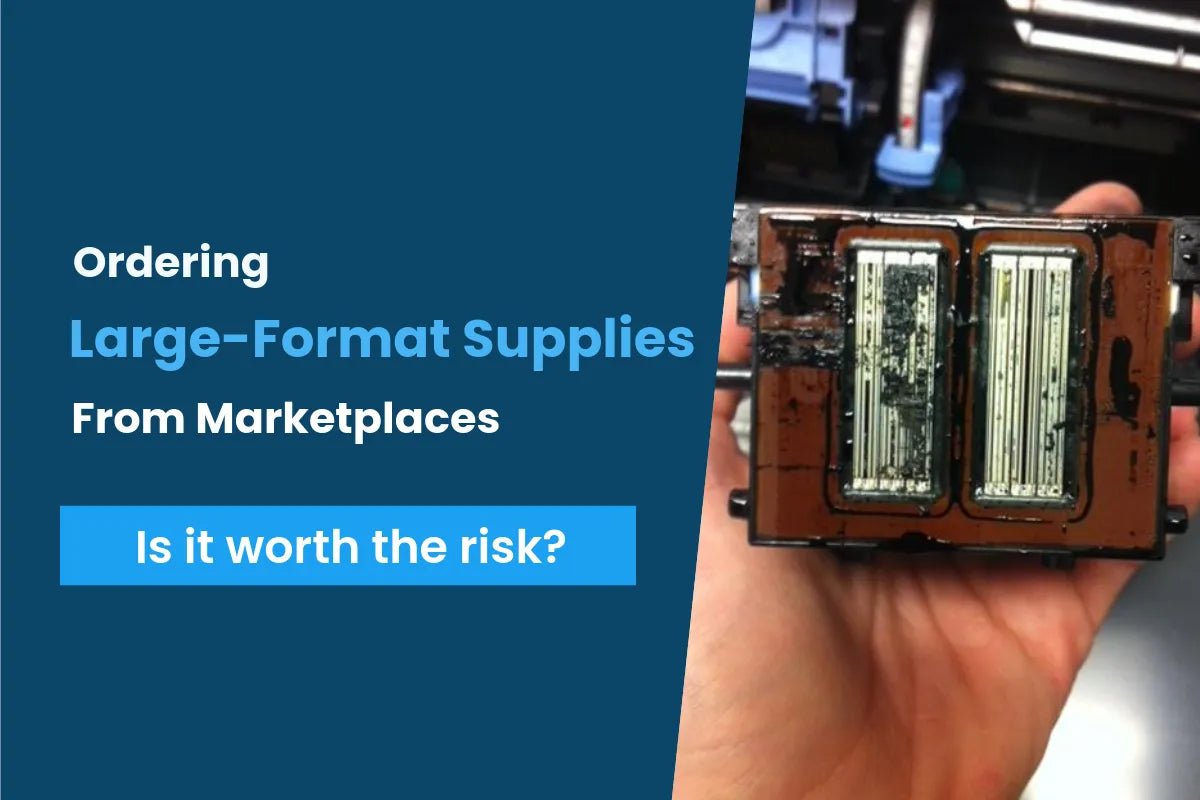


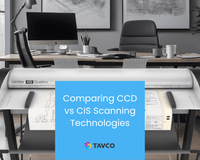


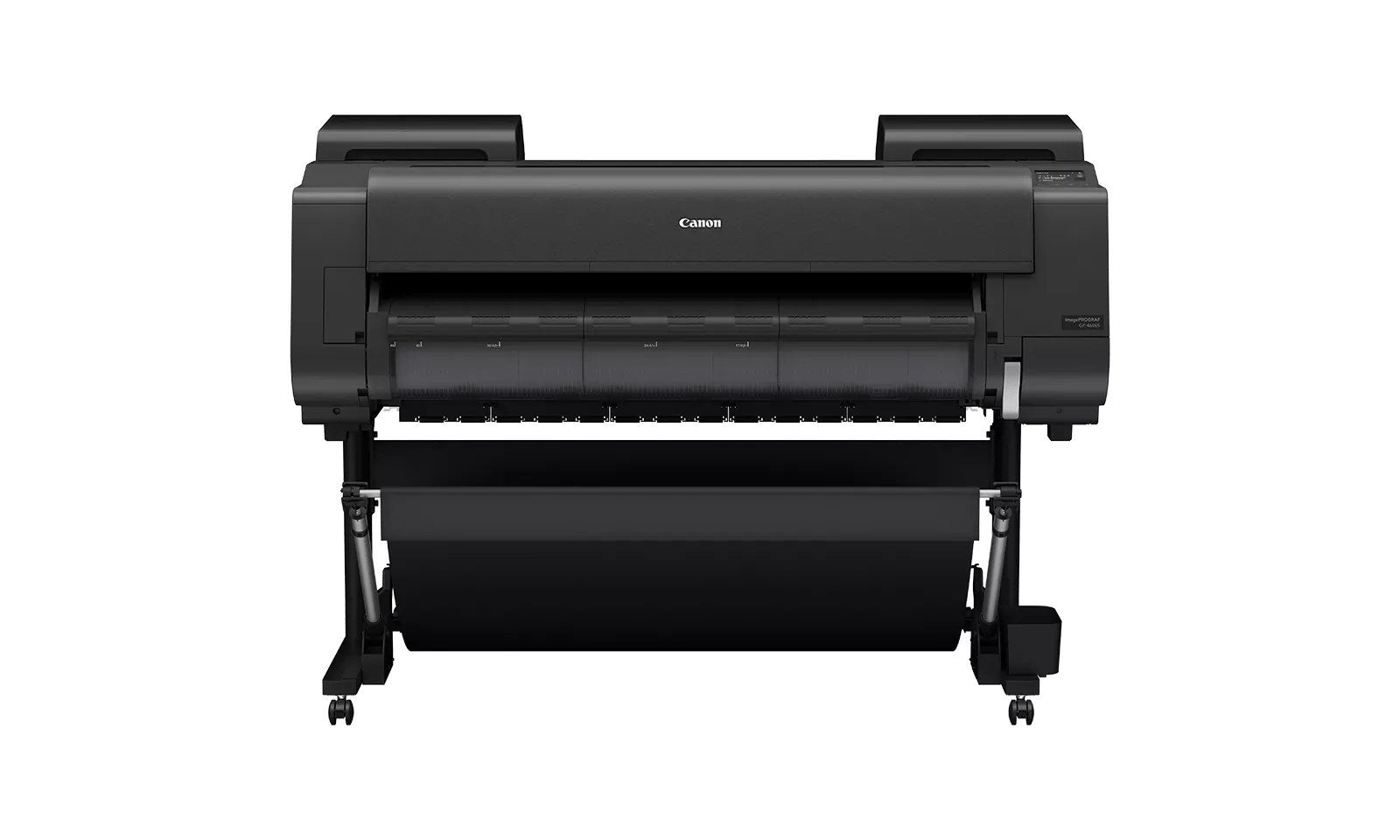
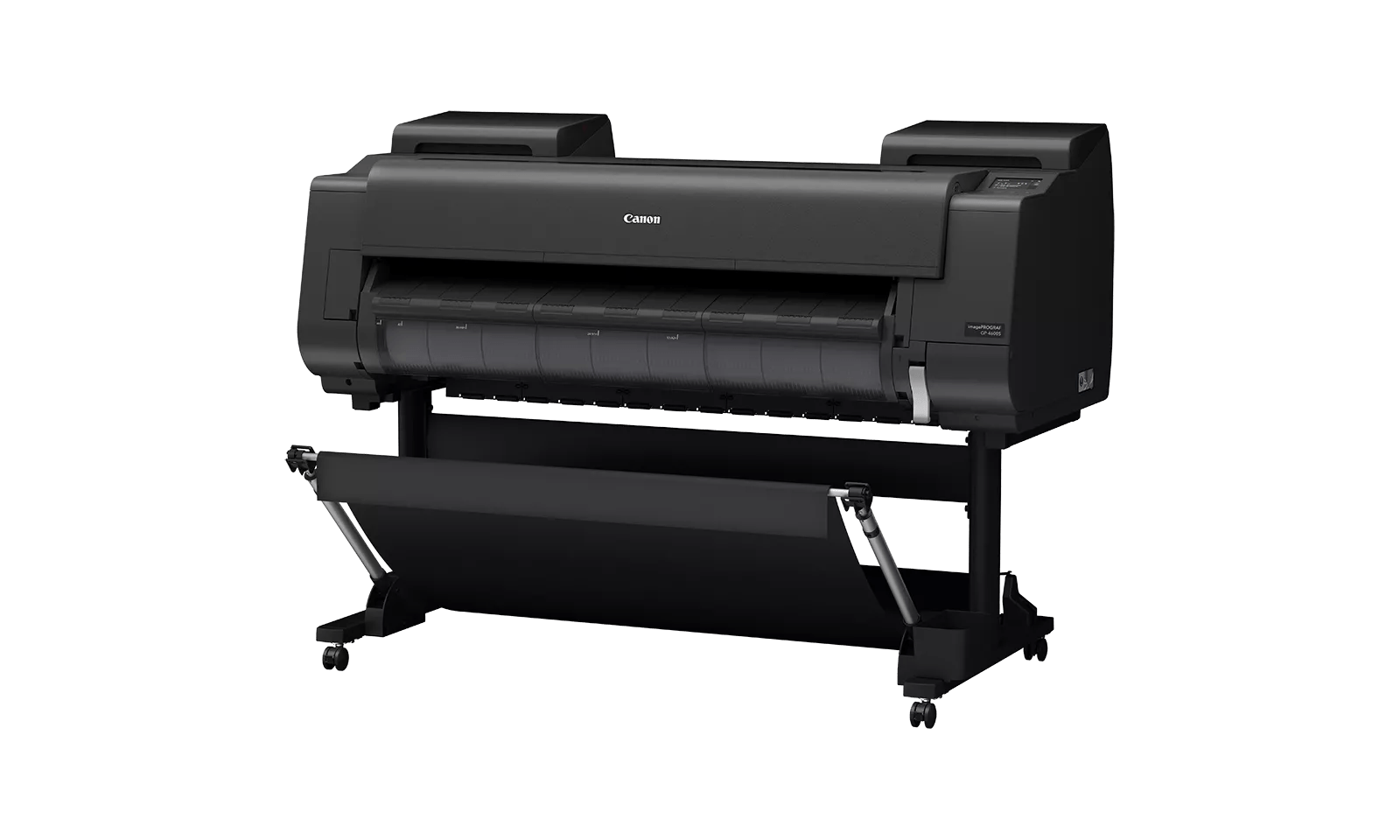
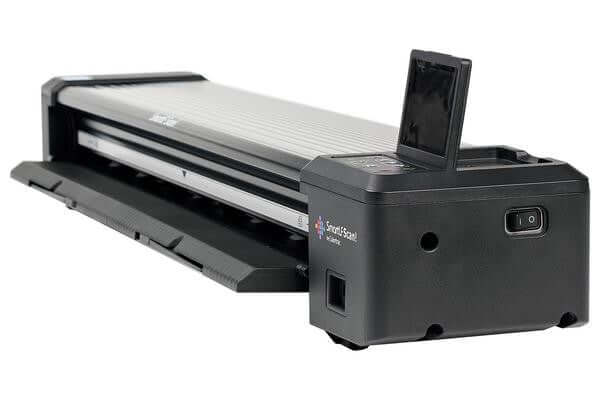
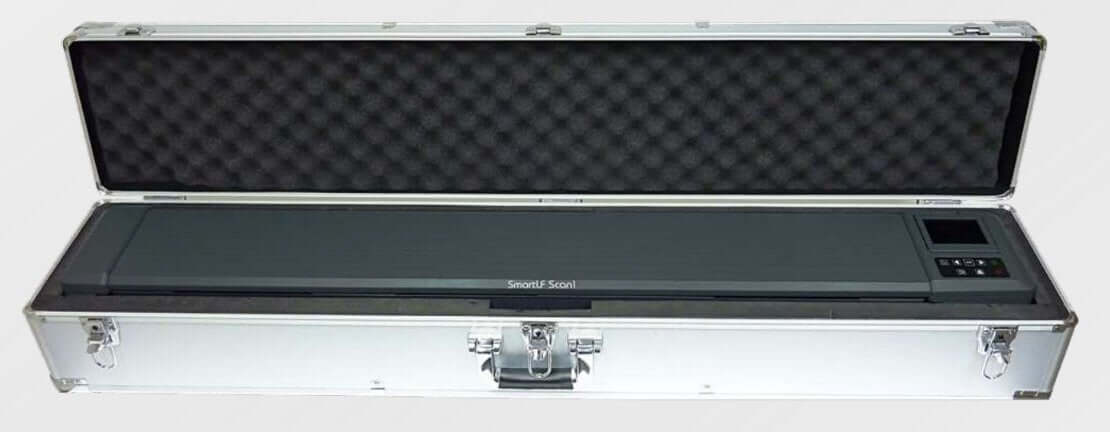

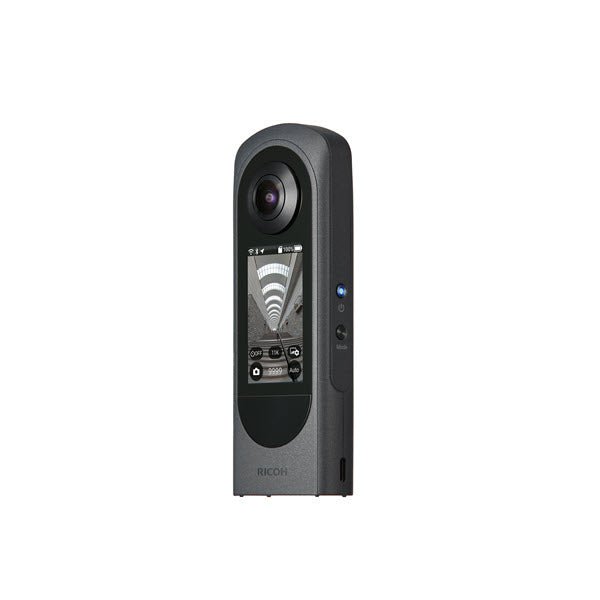
1 comment
Tom
Aftermarket OEM ink will down a large format machine nearly every time which always leads to a new machine simply because repairing is so costly and often leads down a rabbit hole. The interesting thing is that end users will think they are getting the same aftermarket ink say the second time they reorder from an online mega retailer, only to find out it is from a different supplier and the ink is a little different formulation. If a customers plotter didn’t die the first time after using aftermarket, usually by the second set, it will. I have found there is zero consistency in aftermarket inks.
Yes, that $30-$60 someone may save on that non-OEM ink for their wide format printer, will cost thousands of dollars in a machine replacement soon after.